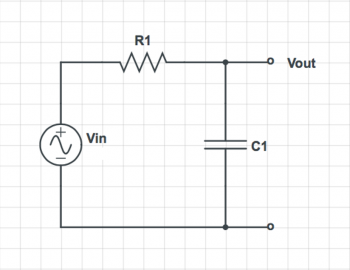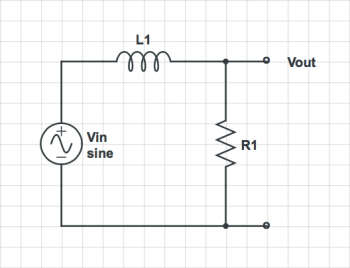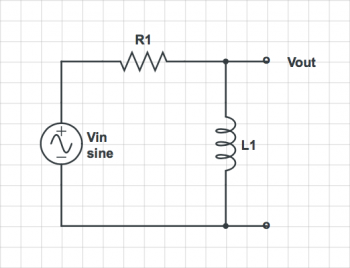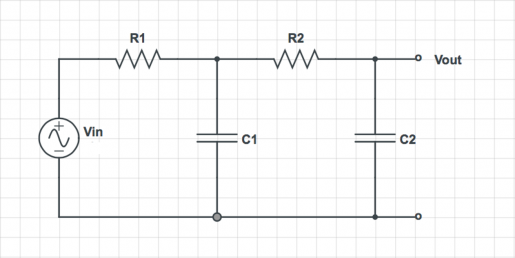Difference between revisions of "Electronics written problems"
(→Linear systems) |
|||
| Line 35: | Line 35: | ||
{{Template:Assignment Turn In|message= | {{Template:Assignment Turn In|message= | ||
For each of the circuits in the previous problem, find two equivalent circuits — the first one consisting of a single ''voltage'' source and a single resistor, and the second one consisting of one ''current'' source and one resistor. In both equivalent circuits, the I-V curve at the V<sub>out</sub> the port should be identical to the original circuit. | For each of the circuits in the previous problem, find two equivalent circuits — the first one consisting of a single ''voltage'' source and a single resistor, and the second one consisting of one ''current'' source and one resistor. In both equivalent circuits, the I-V curve at the V<sub>out</sub> the port should be identical to the original circuit. | ||
| − | |||
| − | |||
| − | |||
| − | |||
| − | |||
| − | |||
| − | |||
| − | |||
| − | |||
| − | |||
| − | |||
| − | |||
}} | }} | ||
| Line 105: | Line 93: | ||
|[[File:High pass filter.png|350px]] | |[[File:High pass filter.png|350px]] | ||
|} | |} | ||
| + | |||
| + | ==Measuring action potentials== | ||
| + | [[File:Patch clamp circuit model.png|thumb|right|Circuit model of a patch clamp (not including capacitance).]] | ||
| + | The [https://en.wikipedia.org/wiki/Patch_clamp patch clamp] is a technique for measuring voltages produced by electrically active cells such as neurons. A circuit model for a neuron connected to a patch clamp apparatus consists of a time-varying voltage source in series with an output impedance of 10<sup>11</sup> Ω. There is an oscilloscope next to the neuron with an ''input impedance'' of 10<sup>6</sup> Ω. A simple model for the oscilloscope is a 10<sup>6</sup> Ω resistor to ground. A new UROP in the lab attempts to measure the electrical spikes produced by the neuron (called ''action potentials'') using the oscilloscope. The oscilloscope has a noise floor of 10<sup>-3</sup> V. | ||
| + | |||
| + | {{Template:Assignment Turn In|message= | ||
| + | * What is the magnitude of the signal the student measures after connecting the oscilloscope? | ||
| + | * Does the student succeed? Why or why not? | ||
| + | * What is the ''signal to noise power ratio'' <math>\left( \frac{V_{patch}}{V_{noise}} \right )^2</math> of the measurement? | ||
| + | * How many times does the student curse during the measurement attempt? | ||
| + | * What is the minimum input impedance that a measurement device must have in order to make a high-fidelity measurement of an action potential. | ||
| + | }} | ||
| + | |||
{{Template:20.309 bottom}} | {{Template:20.309 bottom}} | ||
Revision as of 19:16, 18 October 2018
This is Part 2 of Assignment 6.
Ideal elements
Resistive circuits
| |
For each of the circuits below, find the voltage at each node and the current through each element. |
| 1 | 2 | ||||||||||||||||
|---|---|---|---|---|---|---|---|---|---|---|---|---|---|---|---|---|---|
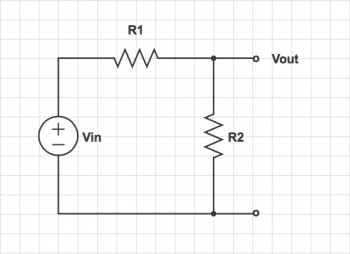
|
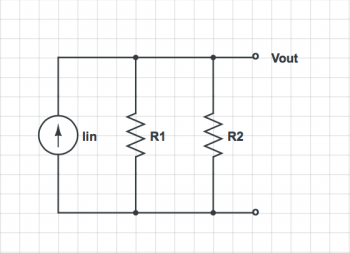
| ||||||||||||||||
| 3 | |||||||||||||||||

Equivalent circuits
Easy Bode plots
Harder Bode plots
Linear systems
Measuring action potentialsThe patch clamp is a technique for measuring voltages produced by electrically active cells such as neurons. A circuit model for a neuron connected to a patch clamp apparatus consists of a time-varying voltage source in series with an output impedance of 1011 Ω. There is an oscilloscope next to the neuron with an input impedance of 106 Ω. A simple model for the oscilloscope is a 106 Ω resistor to ground. A new UROP in the lab attempts to measure the electrical spikes produced by the neuron (called action potentials) using the oscilloscope. The oscilloscope has a noise floor of 10-3 V.
|
|||||||||||||||||

